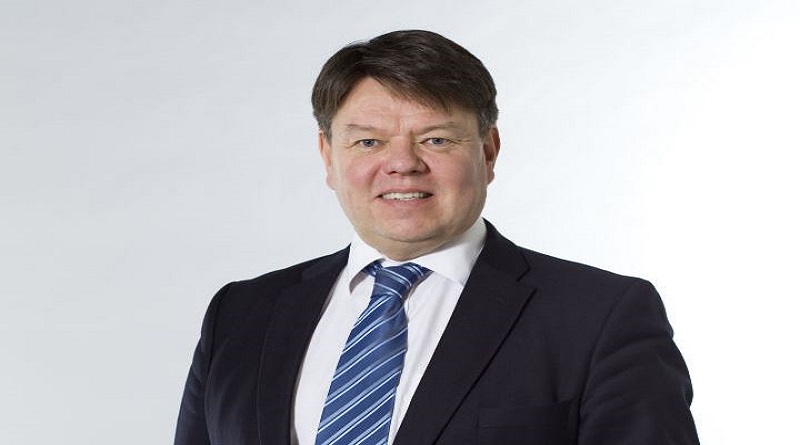Atmospheric CO2 grew at a record pace in 2016, says report
A new UN report shows that atmospheric concentrations of carbon dioxide (CO2) grew at a record pace in 2016 to a level not seen in 800,000 years.
The concentration reached 403.3 parts per million (ppm), up from 400.00 ppm in 2015, the World Meteorological Organization’s (WMO) said in its latest Greenhouse Gas Bulletin.
“The numbers don’t lie. We are still emitting far too much and this need to be reversed. The last few years have seen enormous uptake of renewable energy, but we must now redouble our efforts to ensure these new low-carbon technologies are able to thrive,” said Erik Solheim, UN Environment chief.
Released just a week before the next UN Climate Change Conference (COP23) in Bonn, the report underscores the need for a strong and urgent global response to meet the goals of the 2015 Paris Agreement.
“Without rapid cuts in CO2 and other greenhouse gas emissions, we will be heading for dangerous temperature increases by the end of this century, well above the target set by the Paris climate change agreement,” said WMO Secretary-General Petteri Taalas.
Under the agreement, countries agreed to limit the rise of global average temperatures to well below 2 degrees Celsius and as close as possible to 1.5 degrees above pre-industrial levels in order to avoid the worst impacts of climate change. Bear in mind that one degree of this rise has already happened.
Atmospheric concentration of CO2 grows rapidly
A combination of human activities and a strong El Niño event are responsible for driving CO2 levels to a record high, the report says.
Highlighting unprecedented changes in the atmosphere in the past few decades, the report points out that concentrations of CO2 are now 145% above pre-industrial levels, methane 257% and nitrous oxide 122% above.
The report warns that rapidly increasing atmospheric levels of carbon dioxide and other greenhouse gases could initiate unprecedented changes in climate systems, leading to severe ecological and economic disruptions.
Commenting on the findings of the report, Dave Reay, Professor of Carbon Management at the University of Edinburgh, said: “This should set alarm bells ringing in the corridors of power. We know that, as climate change intensifies, the ability of the land and oceans to mop up our carbon emissions will weaken. There’s still time to steer these emissions down and so keep some control, but if we wait too long humankind will become a passenger on a one-way street to dangerous climate change.”
Growing population, intensified agriculture and deforestation, industrialization and energy use from fossil fuel sources are key drivers of increasing atmospheric concentrations of greenhouse gases.
The annual Greenhouse Gas Bulletin is based on observations from the WMO Global Atmosphere Watch Programme which tracks the changing levels of greenhouse gases and serve as an early warning system by detecting changes in these key atmospheric drivers of climate change.




